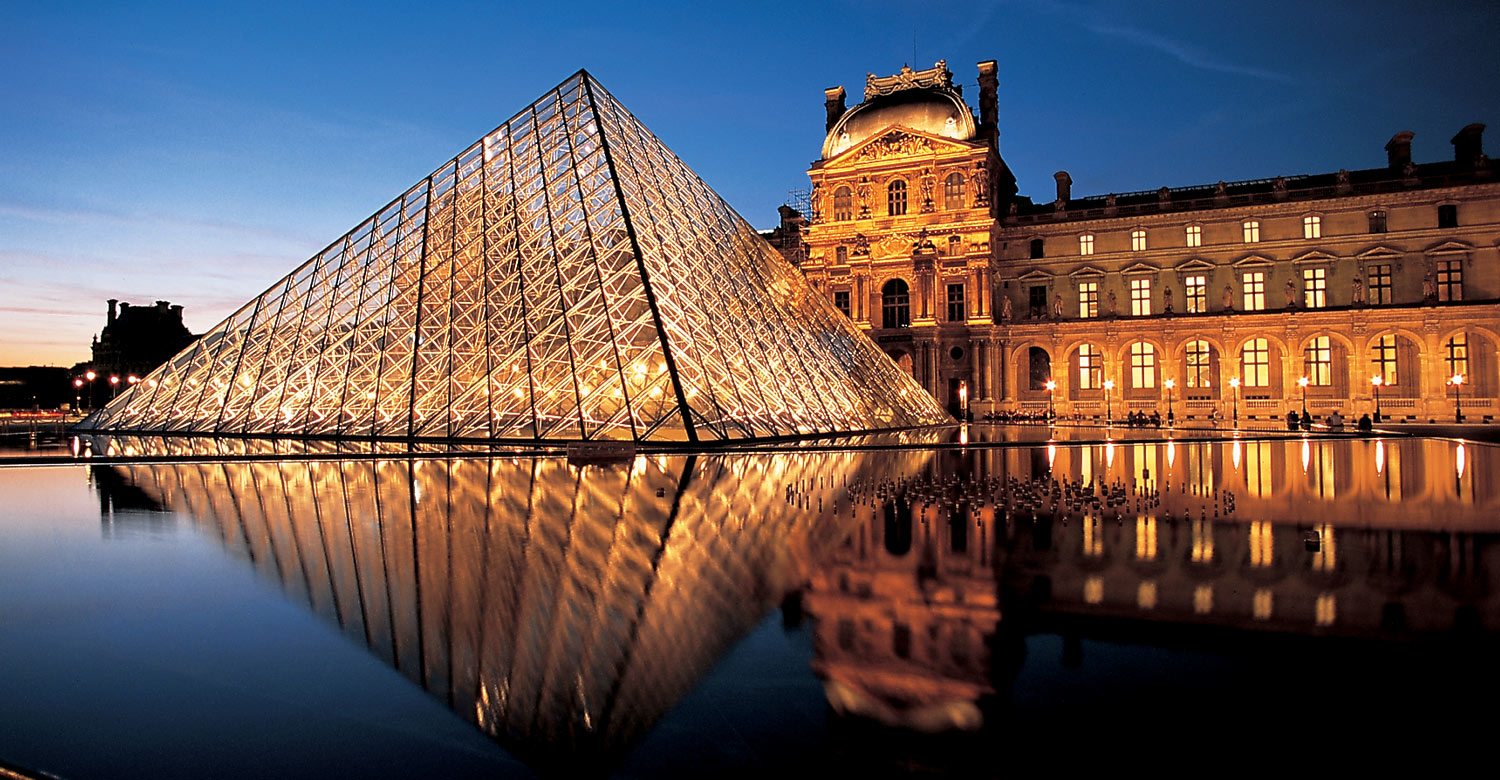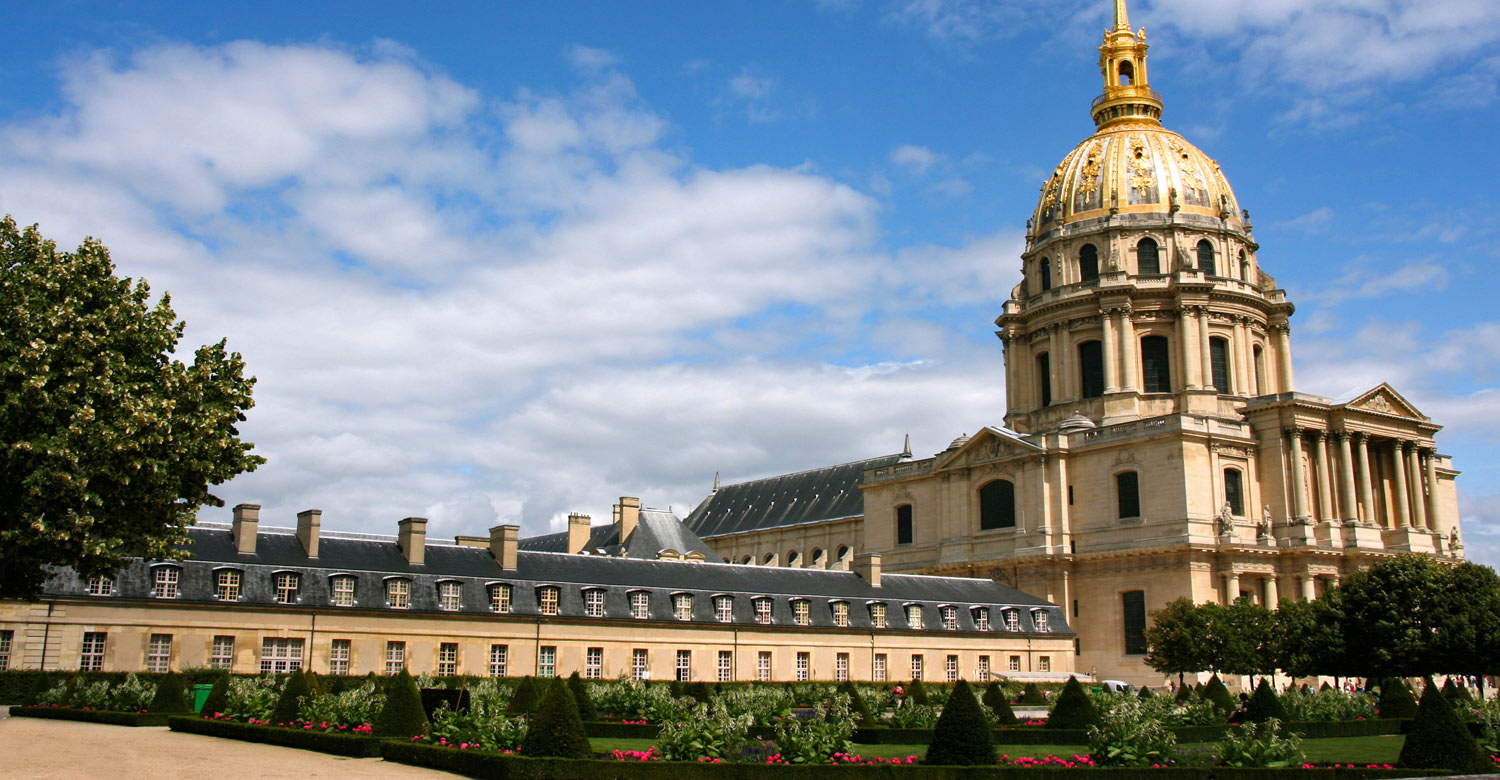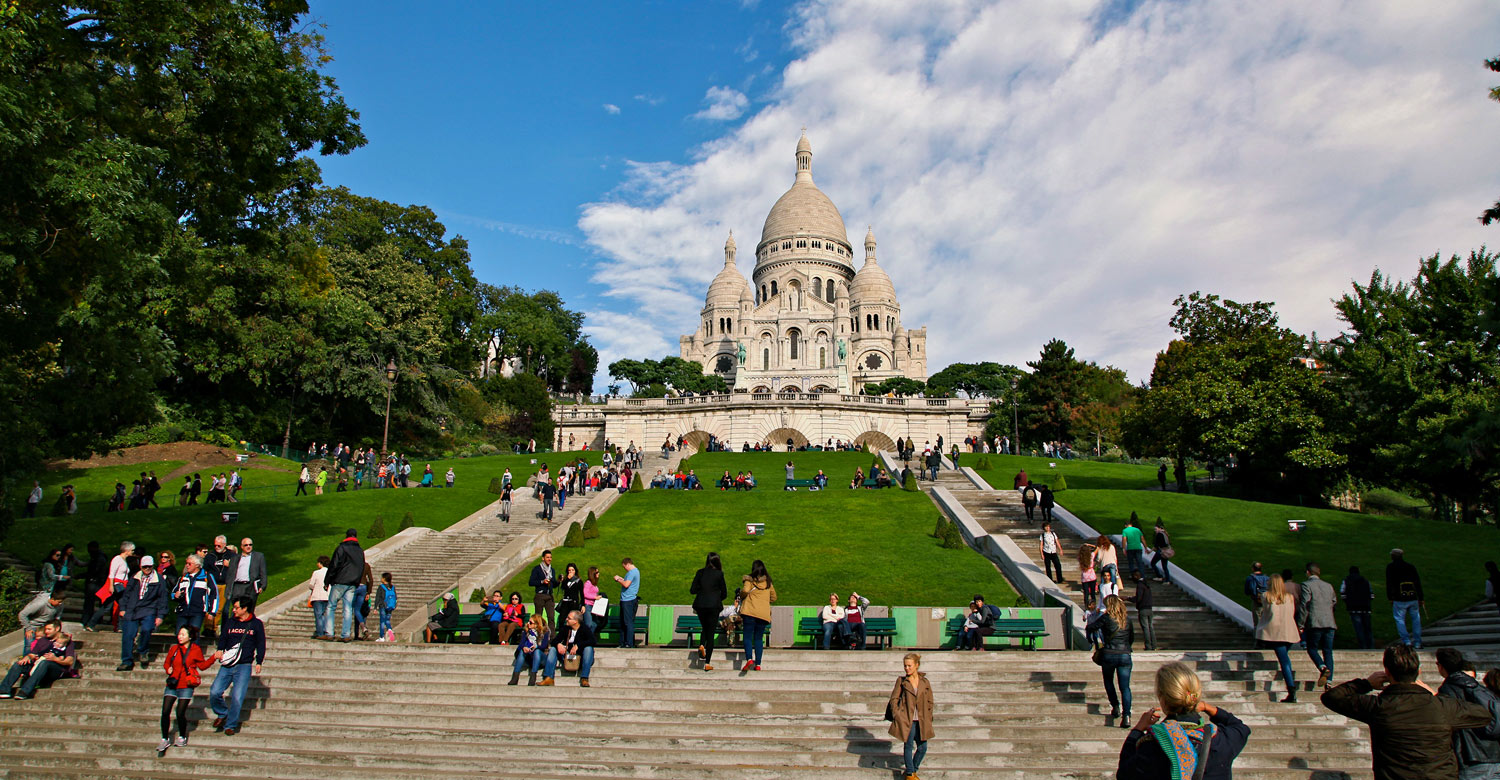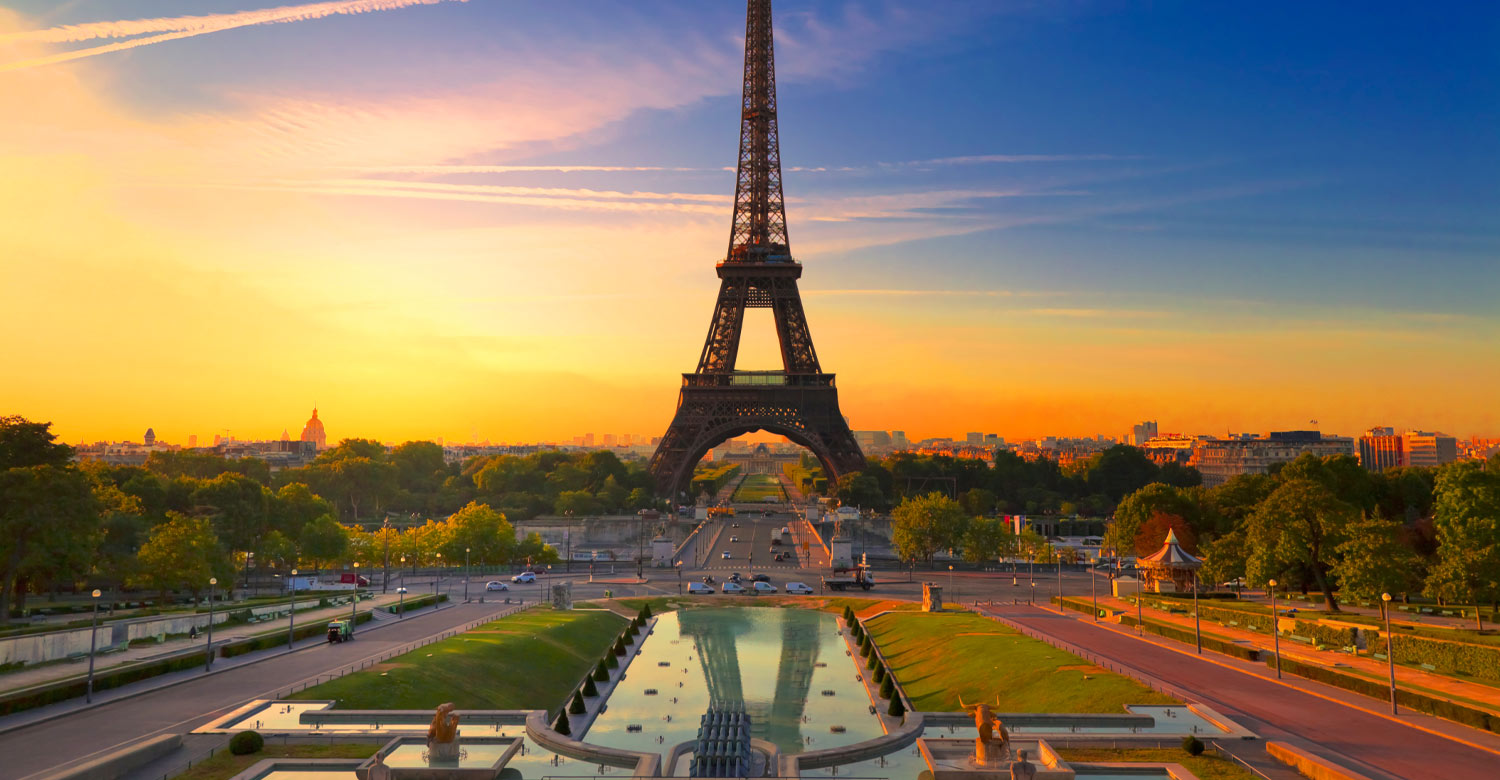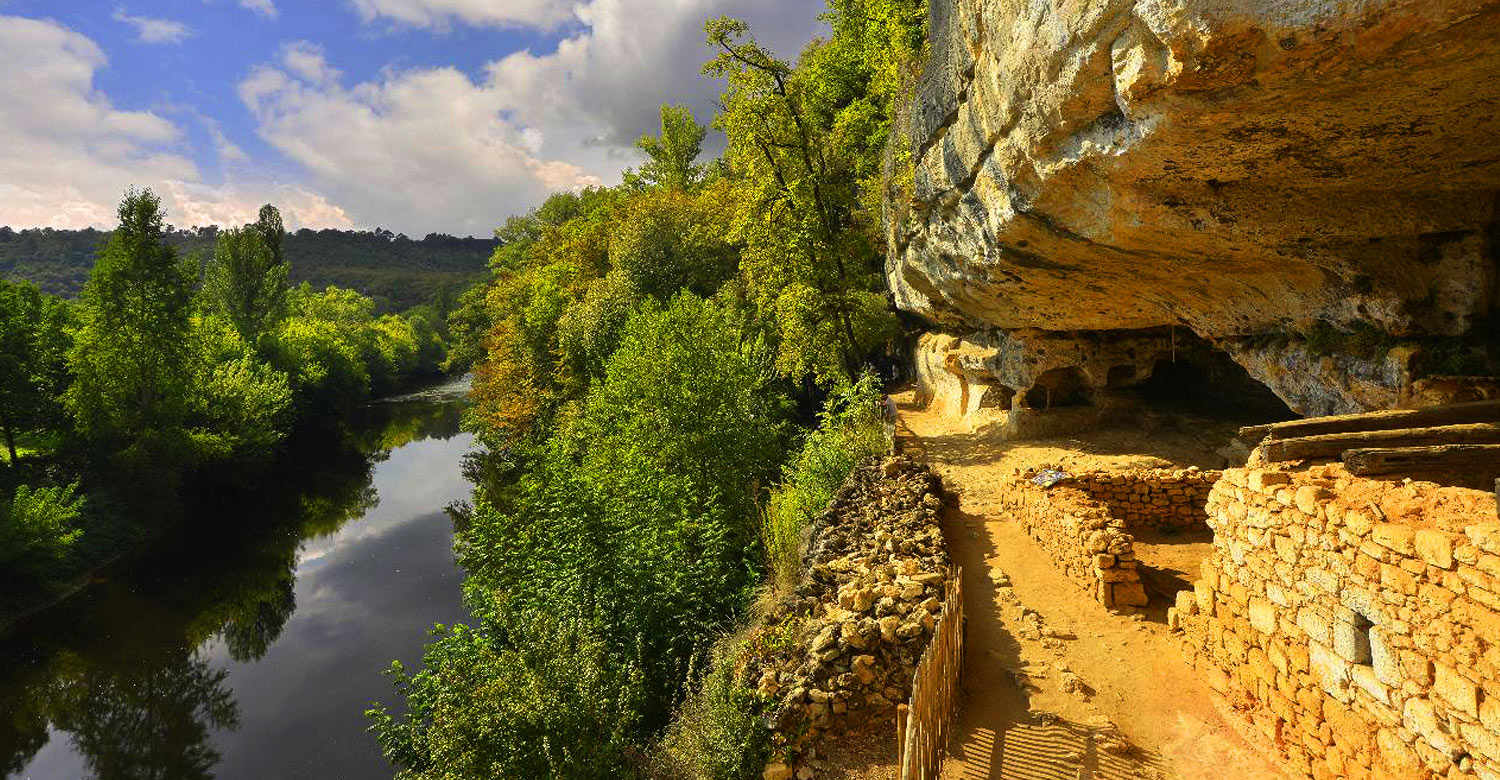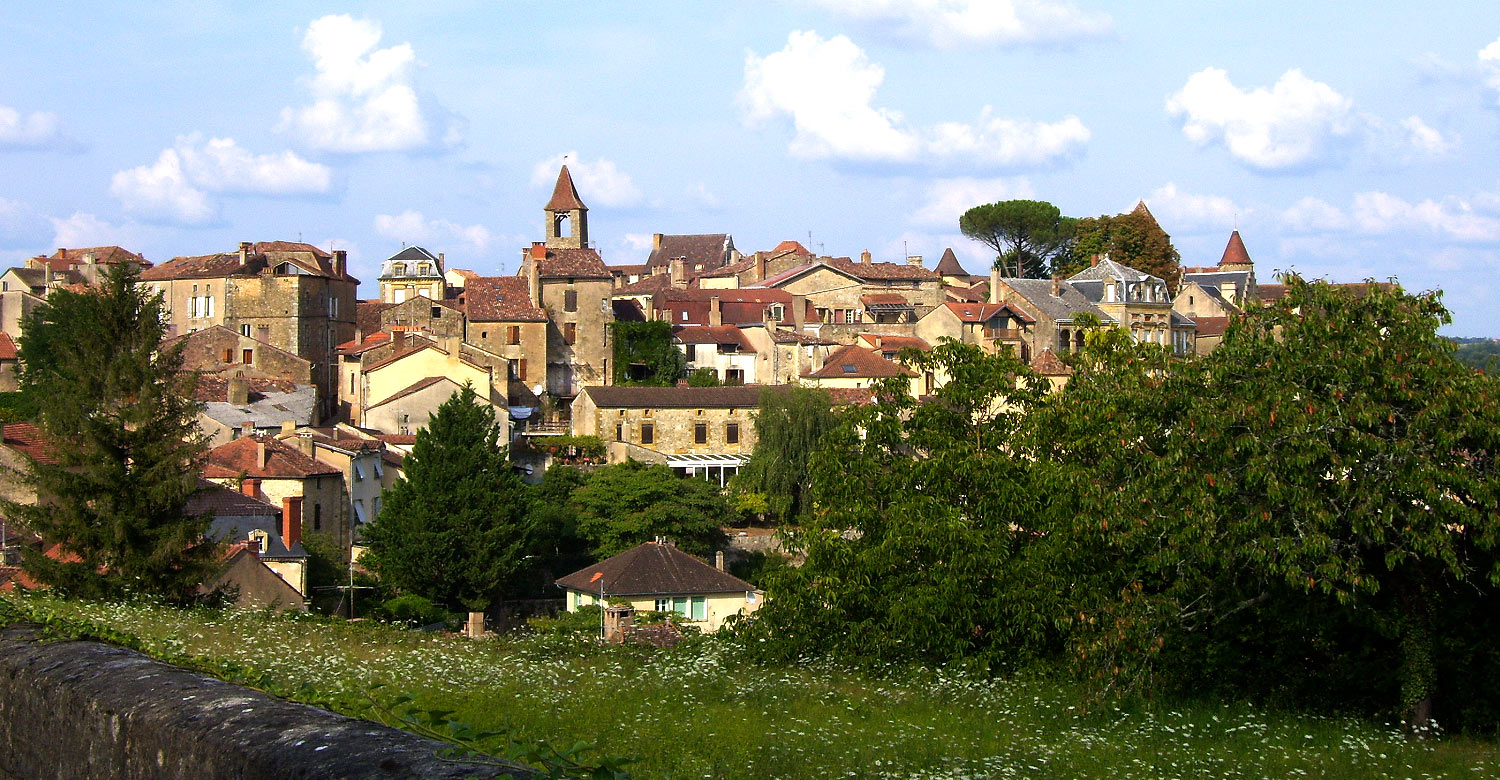Explore the different regions of France

Posted by on 12 Apr 2021 , in Europe
Corsica
Rising in the Mediterranean Sea and bordered by Italy in the east and Sardinia in the south, the mountainous island of Corsica is an exciting playground for outdoors lovers.
Coastal towns, craggy peaks, dense forests and dazzling white sand beaches are just some of what CORSICA has in store for visitors.
The island’s rule changed hands multiple times over the centuries and saw Saracens, Goths, Vandals, Romans and Carthaginians, all contributing to the unique culture that has become uniquely Corsican and is quite evident in the island’s architectural heritage.
Although it has been part of France since 1768, Corsica retains a culture that is distinctly Italian—something that makes a holiday In Corsica a unique and extraordinary experience.
Things to see and do
- Visit Napoleon Bonaparte’s former house in Ajaccio, the capital of Corsica. The beautifully-preserved childhood home is now a museum whose collection includes a death mask of the emperor.
- Discover the historic Citadel of Calvi, a massive 13th Century citadel that has fended off attacks from raiders and protected the city from invaders. The citadel’s old town is crisscrossed by stairways, tunnels and walkways that make for an interesting stroll.
- Relax at the beautiful beaches of Porto Vecchio. Some of the most famous are Palombaggia, Santa Giulia and Pinarello.
- Head to Corsica’s northern tip and explore Cap Corse’s perched villages, rocky cliffs, pretty ports and lush hills.
- Look out towards Sardinia from the canon positions of Bonifacio Citadel. The walls were erected in the mid-16th Century to guard the small harbour town against Turkish corsairs and the Kingdom of Aragon.
- Drop by the mountain top Chapelle de Notre Dame de la Serra for outstanding vistas of the Bay of Calvi.
- Take a boat from the port of Calvi and and take in the full beauty of Scandola Nature Reserve on a 3-hour tour. Volcanic headlands, red cliffs, grottoes and coves are just some of the incredible sights that await visitors in the UNESCO-listed reserve.
When to visit
- May, September and October: Ideal if you want to enjoy activities such as cycling and hiking.
- June to August: The weather is quite hot, however the water is amazing so perfect to enjoy a beach holiday.
Burgundy
Pretty Paris might be hogging the spotlight for trips to France, but when it comes to food and wine, there’s no French region you’d rather be other than Burgundy.
Burgundy’s UNESCO - listed vineyards produce the most sought-after wines on the planet and Dijon’s mustard is second to none. Be it in a busy city square or far-flung charming village, there’s always something to delight the taste buds in Burgundy. The wonder also doesn’t stop at the region’s gastronomic scene. Burgundy’s illustrious architectural heritage traces back to Celtic antiquity and boasts marvels from the Renaissance, Middle Ages and Gallo-Roman times. Medieval villages, hilltop towns and fortified cities dot the Burgundian countryside, perfect for those who seek some respite from the bustle of crowds.
Things To See And Do
- Stroll through the wonderful historic centre of handsome Dijon, the seat of the mighty Dukes of Burgundy. Don’t forget to try the city’s much-celebrated mustard!
- Hop on a bike and pedal your way through Burgundy’s sprawling UNESCO-listed vineyards.
- Head to Beaune and taste some of the finest wines not just in France but in the world! The town is the unofficial capital of the Côte d’Or and the well-known Wine Auction takes place in the 15th-century Hospices de Beaune.
- See Châteauneuf-en-Auxois’ silhouette, one of the most jaw-dropping sights in Burgundy.
- Walk under the decorative turreted arch of the Tour De l’Horloge and come face to face with the Auxerre’s iconic 15th Century Gothic clock tower.
- Join a Grand Crus tour and experience the rich wines Burgundy is famous for.
- Visit Le Clos de Vougeot, the largest single vineyard in Côte de Nuits and be sure to check out the medieval fermentation room and its four large presses.
- Cross the Yonne River at sunset and see the full magnificence of Joigny. The town turns into a magical golden sight as the sun goes down especially when seen from the opposite bank.
Champagne
Champagne lying to the east of the Paris region, is one of the great historic provinces of France. Best known for the sparkling wine that bears its name, France’s Champagne region is a land of vine-covered hillsides, family-run cellars, and clinking glasses.
The Champagne is not the only place that produces sparkling wine, but it’s the only one with a solid claim to the name. Only those produced in the area can be called champagne, the others are just sparkling wines. For fans of the bubbly, travelling to the region for the sole purpose of enjoying champagne right where it originated is a big must. People are also attracted to the region because of its old cities and villages straight out of some storybook. The soaring Notre-Dame Cathedral in Reims teases the imagination with its 13th Century Gothic art, the half-timbered houses of Troyes offer a glimpse into medieval France, while Langres, perched on its rocky promontory, seduces visitors to melt into the laidback vibes of country life.
Things To See And Do
- Wander Epernay’s Avenue de Champagne where the top maisons de champagne (champagne houses) are waiting to be explored. Neoclassical villas and stately mansions line the Avenue, including Moët’s private Hôtel Chandon and the impressive red brick mansion Château Perrier.
- Take in the vast, beautiful interior of Reims’ resplendent Notre Dame Cathedral which features stained-glass windows, a flamboyant Gothic organ case, and a statue of Joan of Arc in armour.
- Amble along the cobbled streets of old Troyes where chalkcoloured half-timbered houses create the perfect setting for a Disney movie.
- Visit the impressive Mémorial Charles de Gaulle and gain some insights of the Algerian war and rise of the Fifth Republic.
- Learn the history and tradition that surround the region’s champagne industry while looking at century-old champagne-making equipment housed in the Musée de la Vigne et du Vin.
- See the ‘chicken coop’ cells in the Grand Cloître of the 12th-century Abbaye de Clairvaux Monastery. The complex used to be one of the highest-security prisons in France.
- Walk the hallways of the lavish Palais du Tau, a UNESCO-listed neoclassical building that served as a former residence of the archbishop. The Palais turned museum now houses some noteworthy treasures including Charlemagne’s 9th-Century talisman and St. Remi’s 12th-Century gem-encrusted chalice.
Bordeaux & Southwest France
Famous for its wines and beautiful city, but also for its amazing location only 2-hours by TGV from Paris, BORDEAUX is the door to the famous south west beaches and famous villages such as Saint Emilion.
Enjoy our fantastic tours in Bordeaux. Visit the wine regions of Saint Emilion and Medoc and experience wine tasting at a Grand Cru estate. Enjoy a trip along the castle road and admire the famous chateaux such as Château Margaux and Château Palmer.
Only about an hour and a half drive from Bordeaux, you will find the Dorgone known for its charming and picturesque villages, such as Sarlat and Rocamadour.
The Dorgone region is a delightful destination for any visitor. Travel to Dordogne and enjoy varied landscapes, from leafy forests to rolling hills and charming medieval villages as well as the excellent cuisine.
The Languedoc region with its main city Toulouse, also called the ‘Pink City’, is the door to Spain. Lourdes is a centre of religious tourism and Carcassonne is home to one of the most impressive medieval Cathar castles in France.
Also famous in the region is the Canal du Midi which links numerous canals and rivers that shaped France’s history and trade, and is one of Europe’s most scenic waterways and a UNESCO World Heritage Site.
Follow Canal du Midi and you’ll find yourself face to face with ancient fortresses, hilltop villages, walled cities and medieval towns nestled in the most spectacular of landscapes in South West France. This amazing green serpent of France snakes through 328 locks, bridges, aqueducts, tunnels and other structures, and flows through Haute Garonne, Aude and Hérault.
When to visit
The Southwest of France enjoys a favourable location bordered by the Atlantic Ocean to the west, by the Pyrenees mountain range in the south and the Massif Central in center-north.
This area usually enjoys warm winters with four genuine seasons. It can be wet in some places because of the influence of the gulf stream, the ocean and the mountains to the south, but it enjoys plenty of sunshine in the summer.
Normandy & Northwest France
Mention Normandy and what comes to mind is a rugged coastline with chalk-white cliffs, medieval harbours and seaside villages. Normandy is a name that practically leaps out of history books, and its brutal yet rich and fascinating past make it an enriching and sublime destination for visitors today.
Head to Étretat and let its alabaster cliffs blow your mind. You will be amazed by the colossal L'Arche et L'Aiguille (The Arch and the Needle), the most iconic natural formations of Étretat and a striking sight immortalised by Gustave Courbet and Monet.
Revisit the past at the D-Day Landing Beaches, stroll around Honfleur a charming coastal town and explore the thousand-year-old town of Bayeux with the legendary Bayeux Tapestry.
Wander the historic centre of Rouen and visit the city's magnificent Norman Gothic cathedral, peek into the life of Claude Monet by visiting the elegant house in Giverny where he lived from 1883 to 1926 and dont' forget to feast on Livarot and Camembert cheeses!
Brittany, France’s northwestern most region, is a peninsula extending out toward the Atlantic Ocean. Travel to Brittany and feast your eyes on its dramatic coastline, imposing walled cities and the vast Brocéliande forest believed in medieval times to be a place of mystery and magic.
This picturesque coastline is dotted with charming fishing villages, marinas and chic beach resorts. From the Pink Granite Coast in the north, the Crozon peninsula to the Gulf of Morbihan in the South, you will experience something totally different.
Circle the tall granite walls of the famous Saint Malo, the most attractive port city of Brittany. Get lost in the cobblestone streets medieval ramparts and half-timbered houses of the ancient riverfront city of Dinan. Head to the charming fishing village of Cancale and enjoy its famous mouth-watering oysters that are so good legend has it Louis XIV even had them taken to Versailles.
Head South Brittany via Josselin. Re-imagine fairytales as you tour around the elegant gardens, enormous libraries and flamboyant halls of Château de Josselin, a beautiful yet imposing fortress built in the 11th century.
Explore Vannes and wander around the well-preserved medieval streets before enjoying a harbour-side lunch then taking a boat trip around the gulf. Discover charming little harbour of St Goustan in Auray and see the megalithic sites of Carnac which predate Stonehenge by a century and number no less than 3,000 and relax on one of the beautiful sandy beaches South Brittany has to offer.
Indulge your taste buds in seafood, homemade cider and delicious crêpes; all the while listening to fantastic tales of fairies, wizards and even King Arthur himself.
Paris & Central France
Paris, capital of France, the city of lights and international capital of style. One of the world’s most sophisticated and cultured cities, Paris offers something for first-time and frequent visitors alike. Explore a variety of iconic landmarks, beautiful museums and galleries. Enjoy authentic French gastronomy and endless shopping trips – from luxury boutiques to flea markets.
Only a short train journey from Paris, you will find the charming and historical Loire Valley.
The Loire Valley, heart of UNESCO world-famous Châteaux, unique gardens and history featuring the Kings of France is a beautiful region. With its magnificent châteaux and beautiful scenery, the Loire Valley is the perfect place to explore on foot or by bicycle. Enjoy the rich natural heritage of the area as you take a relaxing stroll by one of the many lakes or rivers of the region. Our Loire Valley tours will take you to the beautiful châteaux of the region including Château de Chambord, Château de Chenonceau, Château de Cheverny, Gardens of Villandry and more.
When to visit
One of the great things about Paris is that it is a lively city no matter the time of the year, and each season has its own charm. If you want t experience a quieter Paris (less traffic) then August is perfect! Most of the Parisians are gone on holiday. This means less people on the road, less traffic so a quieter Parisian experience.
The best time to enjoy what the Loire Valley has to offer is from May to October with a pleasant weather and plenty of activities available.
Provence & Southeast France
Famous for delightful hilltop villages, distinct cuisine and rich history, Provence is a diverse region with plenty to offer.
Discover Roman history, visit the Palace of the Popes and follow in Van Gogh's footsteps in this charming region. Our Provence tours make it easy for you to discover one of the most visited regions of France.
Explore the historic Avignon known for the Palace of Popes. Visit the historic Pont du Gard or enjoy a panoramic tour of the lavender fields in Luberon during summer. Stay in one of our comfortable hotels in Provence located in Avignon, Aix-en-Provence and Saint-Remy-de-Provence.
Boarding the Mediterranean, combining luxury, beauty and stunning shades of blue is the fabulous French Riviera. Known worldwide as the coastal retreat of the rich and famous, the French Riviera offers a multitude of wonders ranging from mountain-top villages to golden beaches. Marseille delights visitors with its swanky museums and yachtfilled docks, St. Tropez with its sandy beaches and hot night life, and of course Cannes with its elegant architecture and vibrant party scene. The charm of the French Riviera doesn’t stop there though. Beyond the glitz and glam, historical and cultural treasures await curious travellers, including Nice’s Vielle Ville (Old Town) and Le Negresco with its collection of over 6,000 artefacts.
From breathtaking countryside to vibrant, bustling cities, the Rhone Valley offers a wide array of exciting experiences sure to delight travellers looking to immerse in France’s wine industry, rich culture and proud history. The region stretches from the grand city of Lyon, France’s third largest city, to the north of the town of Orange in Provence, the very same span of land where armies during Charlemagne’s time traversed France from north to south and vice versa.
When to visit
The Provence and Southeast of France can be visited all year long. With a mild climate, you will enjoy a really nice weather from March through to October with hotter months being July and August.
The Rhone Valley has a similar climate - except when you get close to the beautiful Alps mountain range you may encounter a cooler weather.
Strasbourg & Northeast France
Embark on a rustic journey to Alsace and discover picturesque villages, soaring churches and imposing castles tucked among gently rolling hills, ancient forests and miles of lush vineyards.
Bordering Germany and Switzerland, Alsace is characterized by a fine mix of different cultures as can be seen in the region’s gorgeous architecture and mouth-watering cuisine.
The European capital and the capital of Alsace, Strasbourg exudes youthfulness and energy. If you love heritage, culture and the art of living, there's no doubt that you'll fall in love with this city!
Childhood dreams come alive in Alsace’s fairytale towns, and there are also the mighty castles on their lofty crags commanding attention and conjuring images of harrowing battles long past. Explore the half-timbered buildings lining the cobblestone streets of Strasbourg and Colmar, walk the narrow alleys of medieval Eguisheim, wander around the 15th Century mountain fortress of Haut-Koenigsbourg, and taste some of the finest wines in the world while following the great Alsatian Wine Route.
Things To See and Do
- Walk the hallways of the lavish 18th-Century Palais Rohan, the former residence of the cardinals and prince-bishops of the House of Rohan. The Palais is so opulent it is dubbed a miniature version of the Palace of Versailles.
- Soak up fantastic views of Strasbourg from the belfry of the 15th-Century Cathédrale Notre-Dame, the city’s iconic Gothic cathedral featuring leering gargoyles, flying buttresses and a soaring 142-metre spire.
- Amble along the twisting lanes and narrow streets of Grande Île, Strasbourg’s UNESCO-listed island. Sherbet-coloured timber framed houses line these streets and come nightfall, watch as they come alive with lit lanterns.
- Check out the impressive collection in Colmar’s Musée d’Unterlinden which includes prized medieval stone statues, works by Picasso and Monet, and the awe-inspiring Rétable d’Issenheim, the late-Gothic altarpiece created by the sculptor Nicolas of Haguenau and painter Mathias Grünewald.
- Drop by Cave de Ribeauvillé, the oldest winegrowers’ cooperative in France, and stock up on wine!
- Take in sweeping views of the Vosges, Black Forest and the Alps from the ramparts of Château du Haut-Koenigsbourg, the turreted red-sandstone castle overlooking the Upper Rhine Plain.
- Stroll through Colmar’s lovely Little Venice quarter where half timbered storybook houses line the waterway.
Some popular packages from France Holiday Packages and Travel Deals
Subscribe now for your chance to win
a $500 Travel Voucher
Be the first to hear about our new Holiday Packages
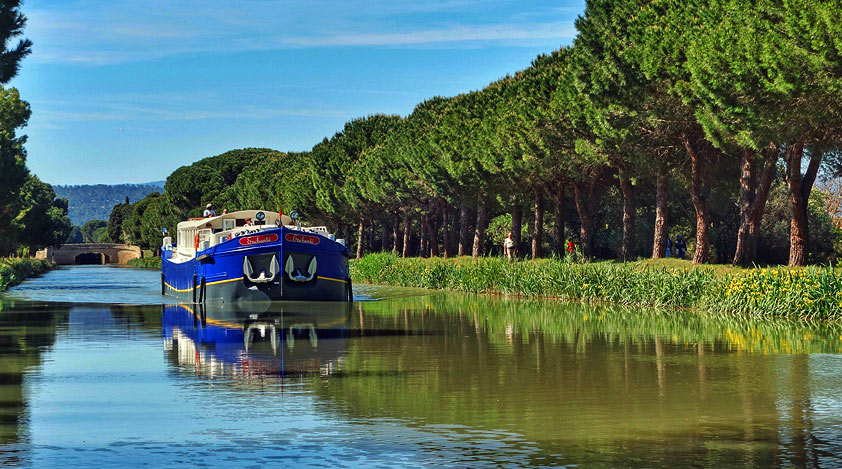
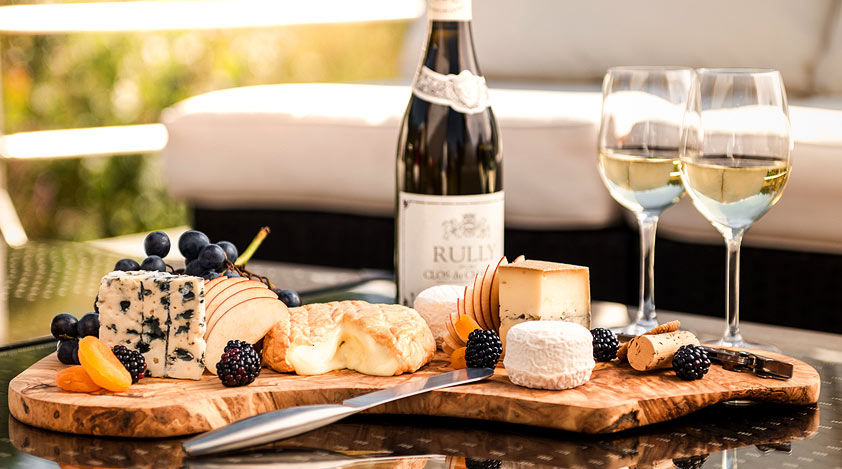










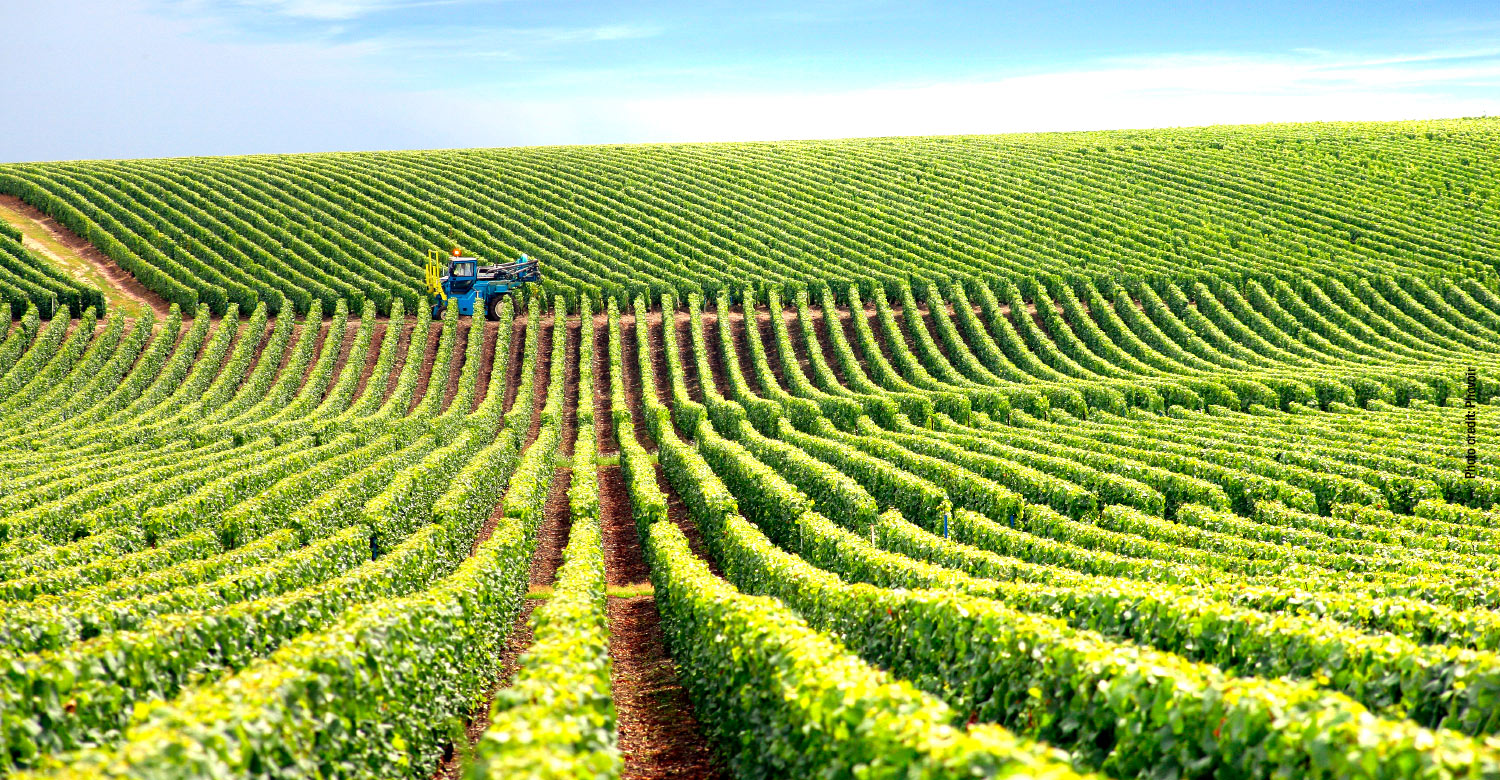

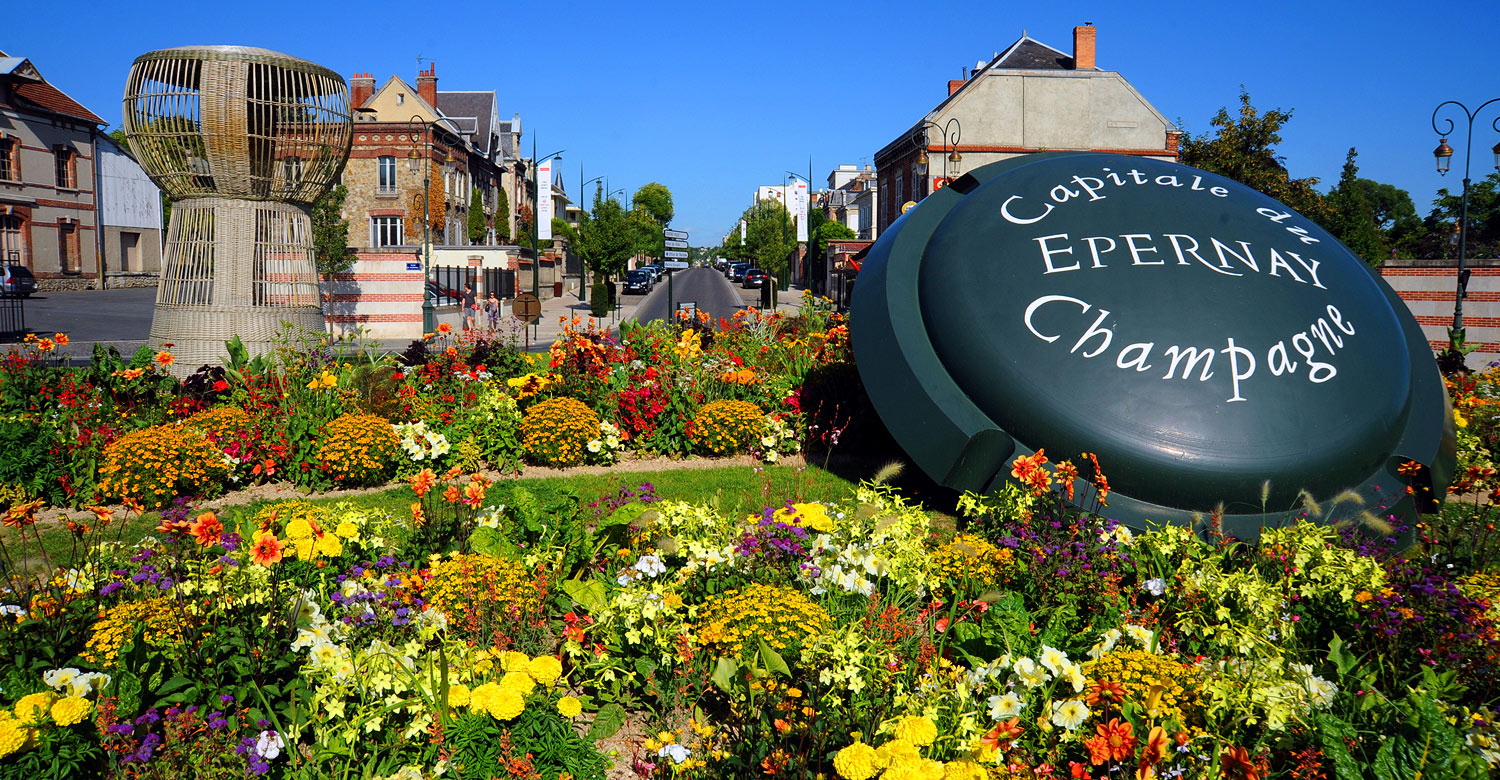

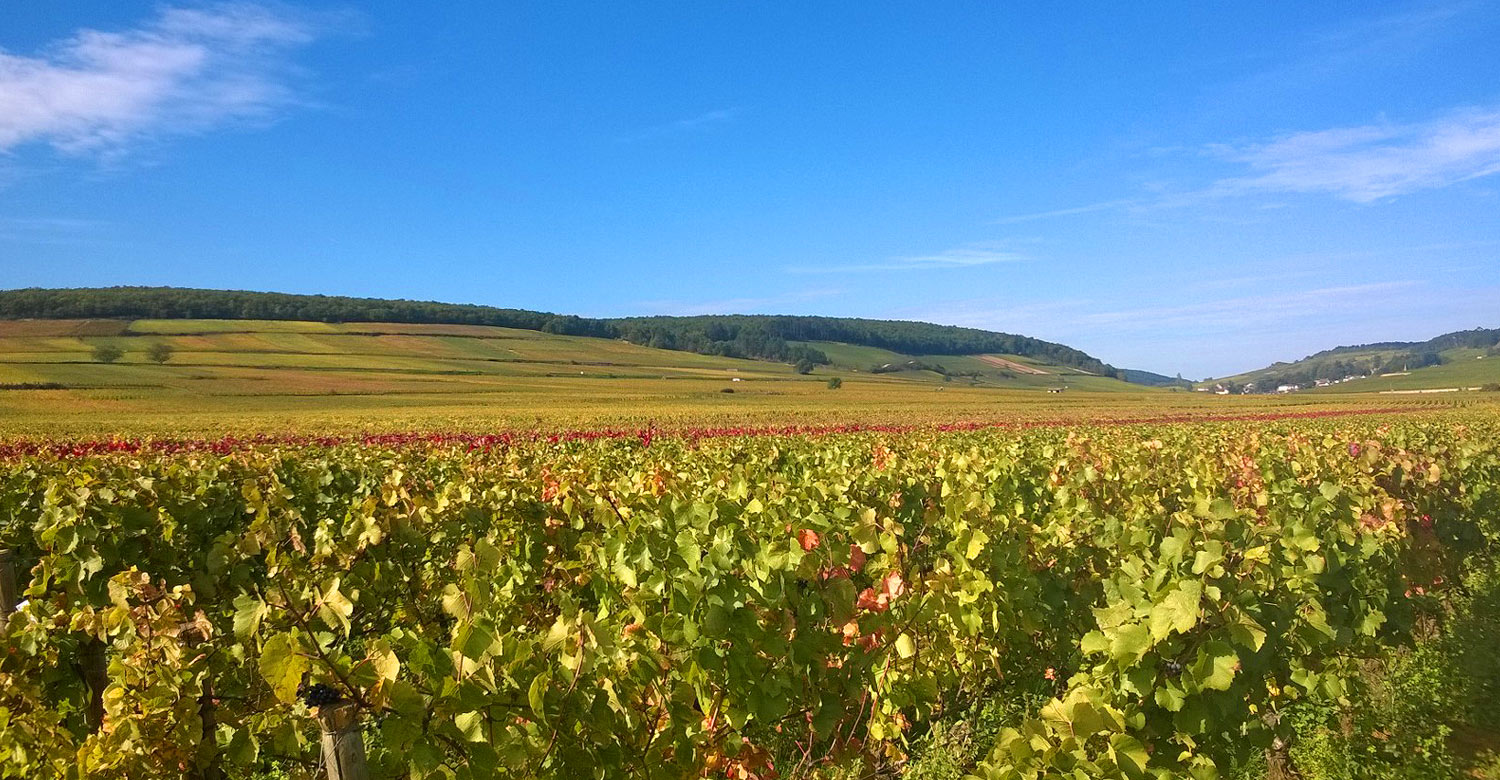
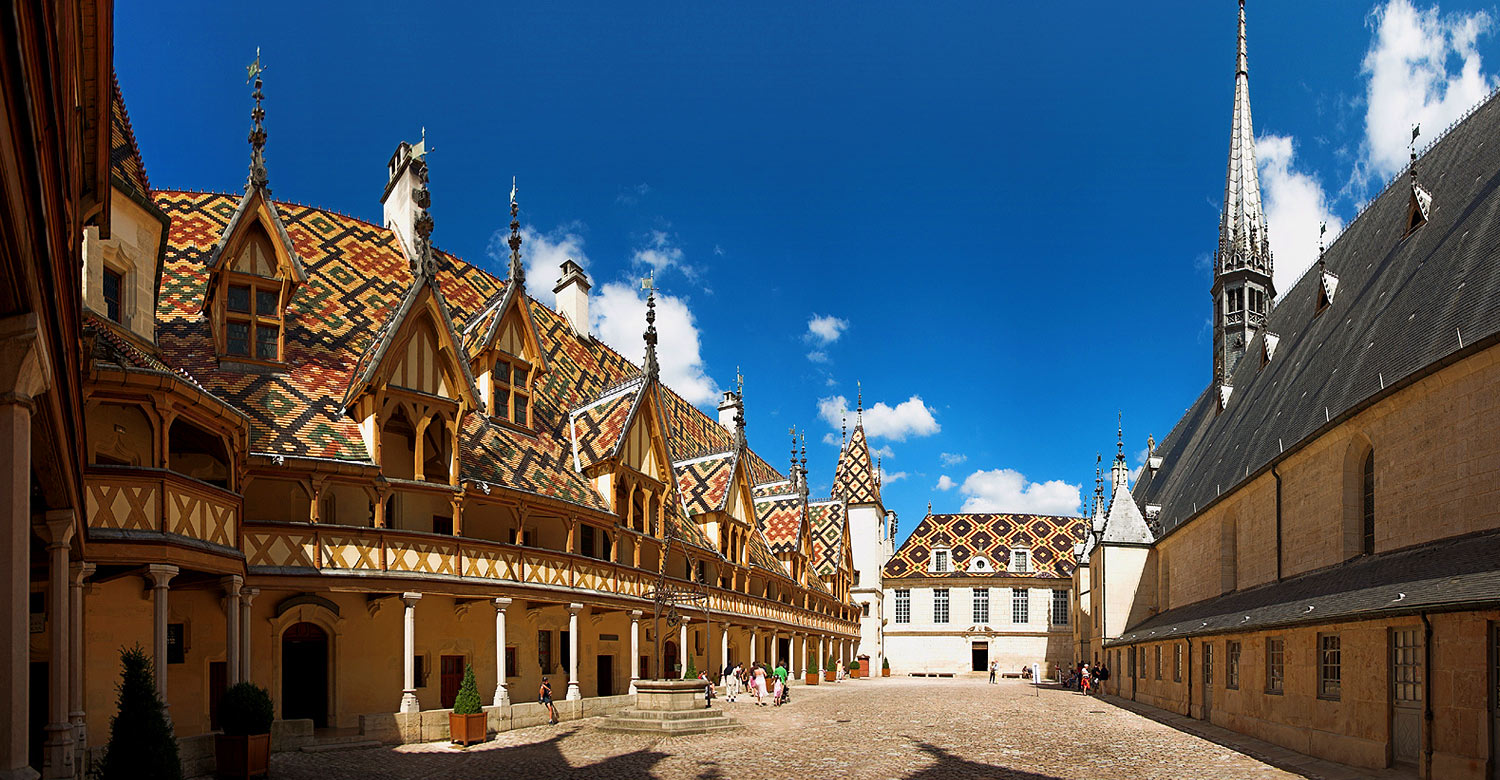



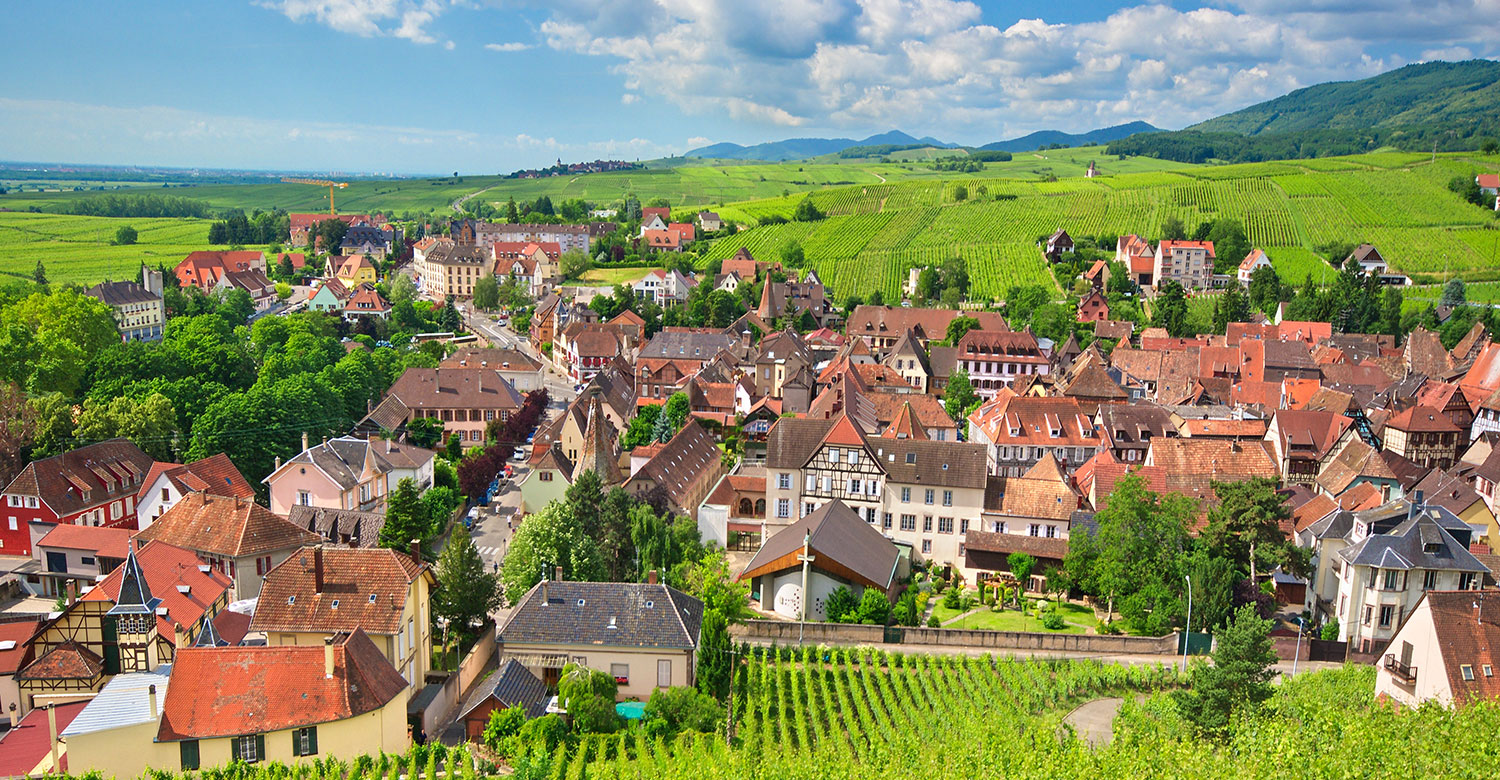_1500x780.jpg?auto=format)
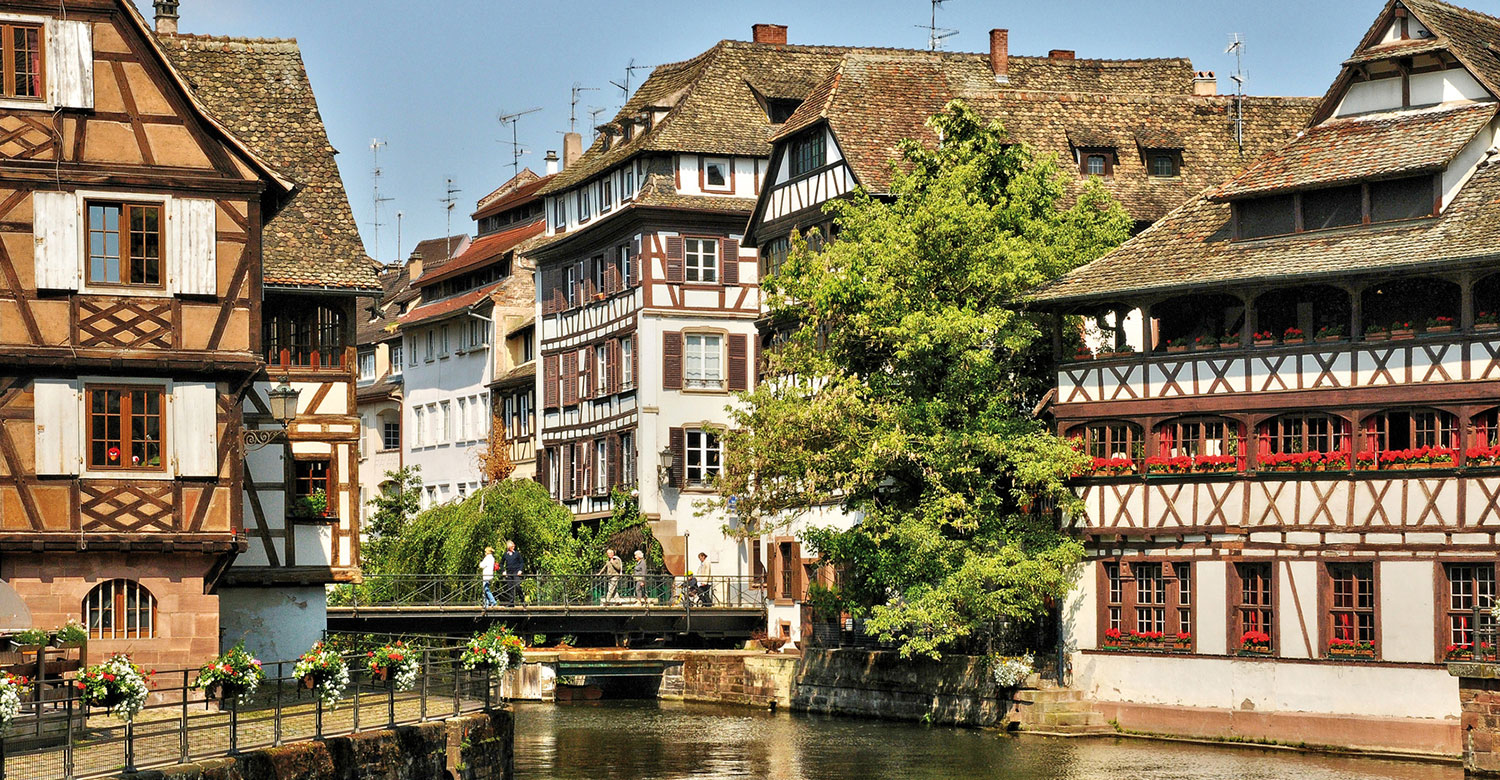_1500x780.jpg?auto=format)
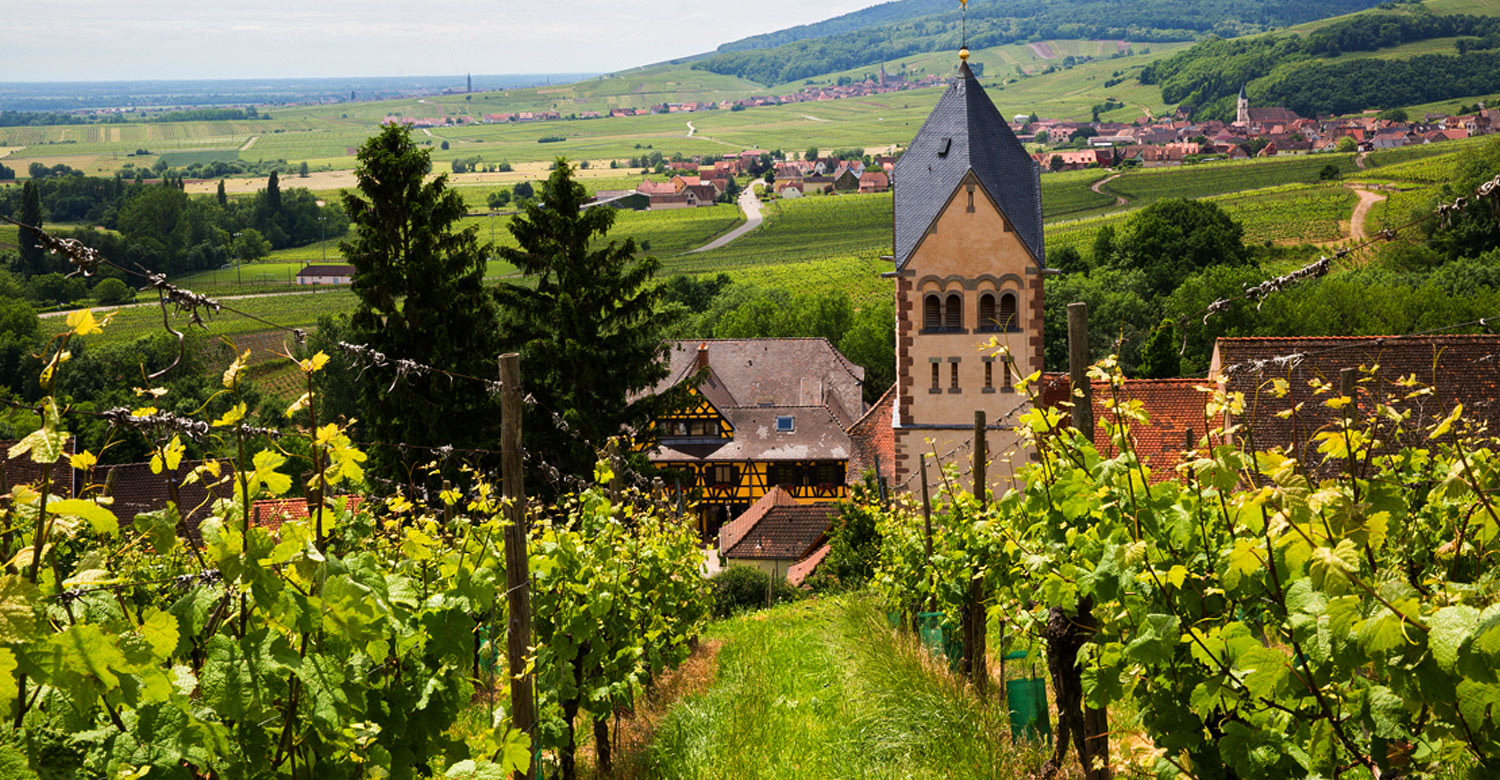

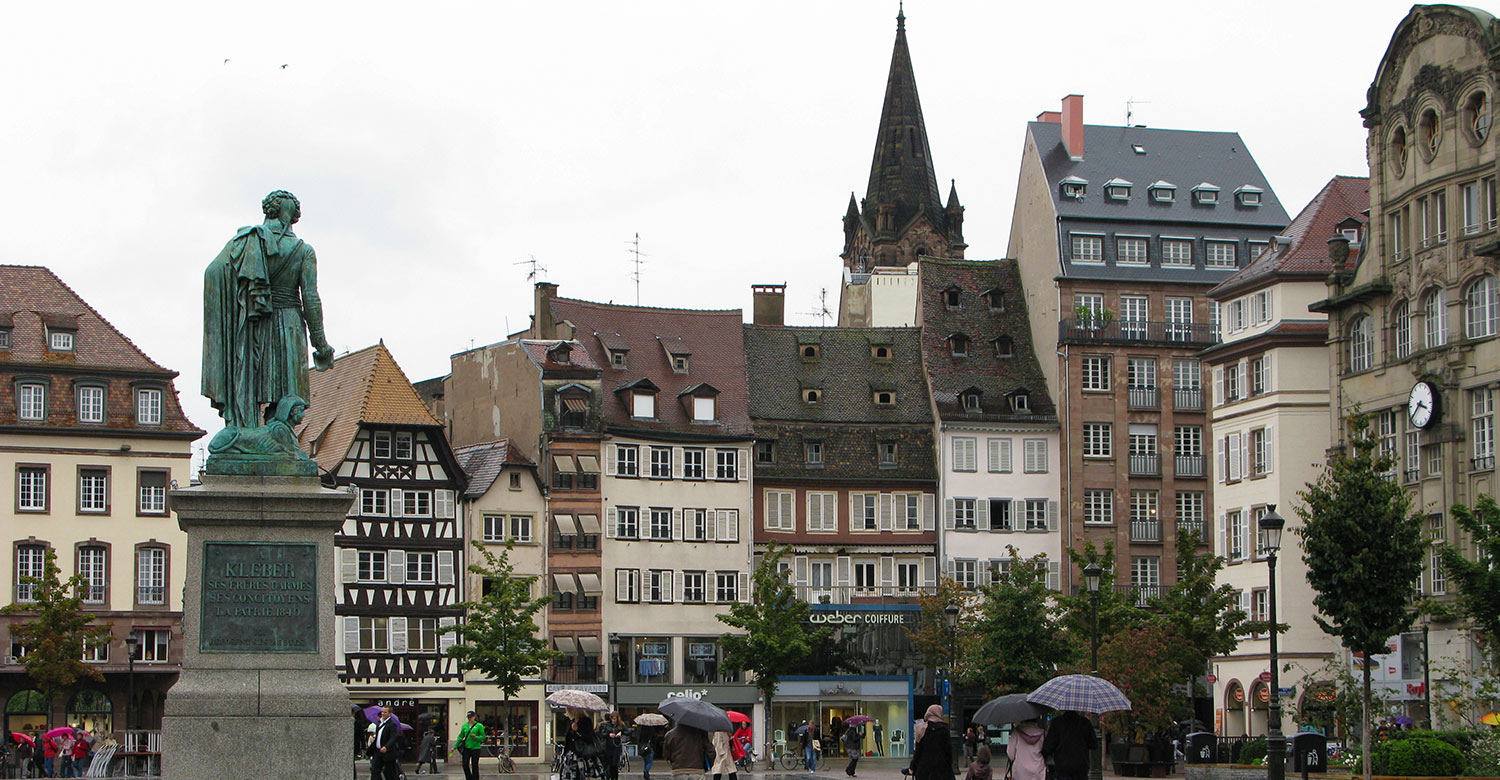
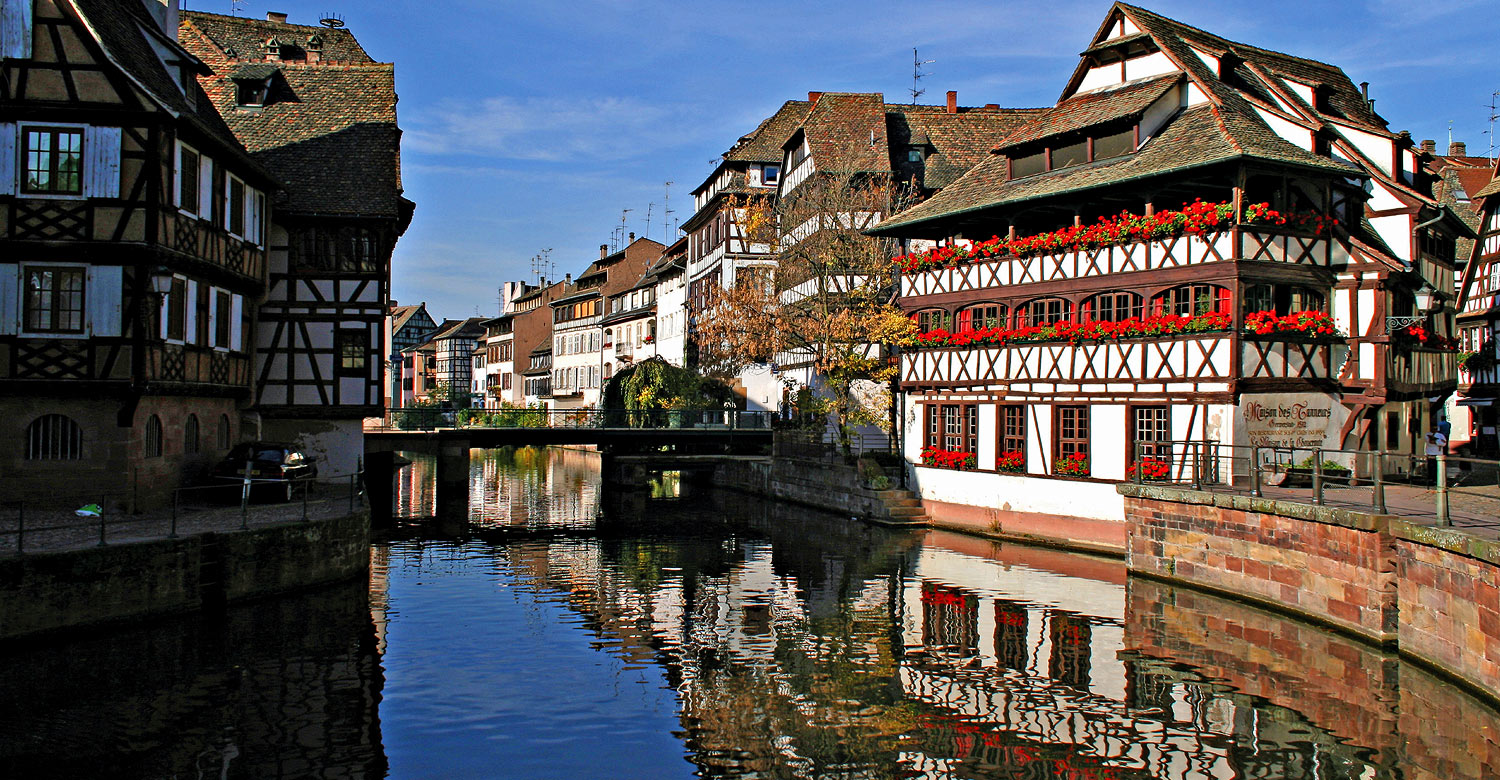

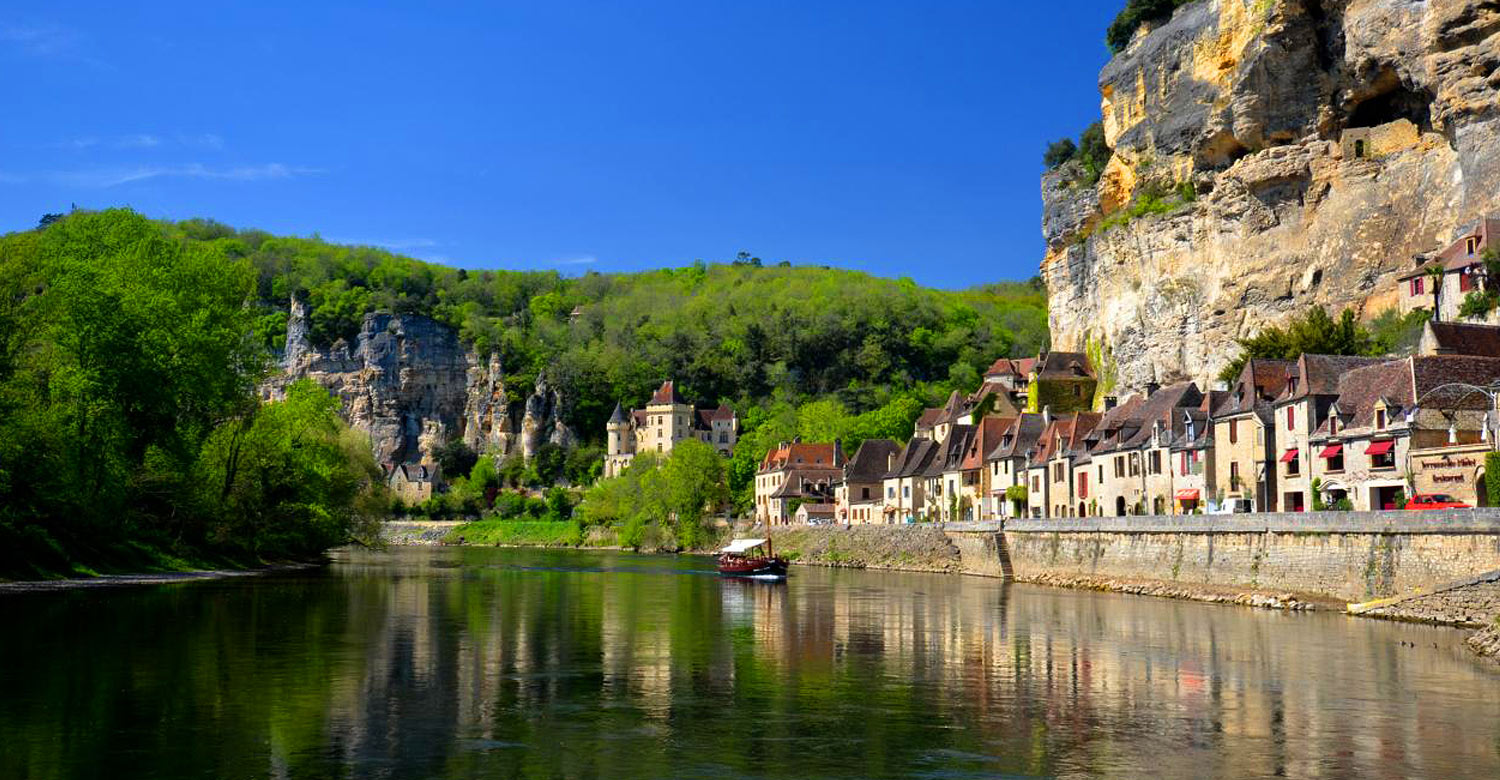
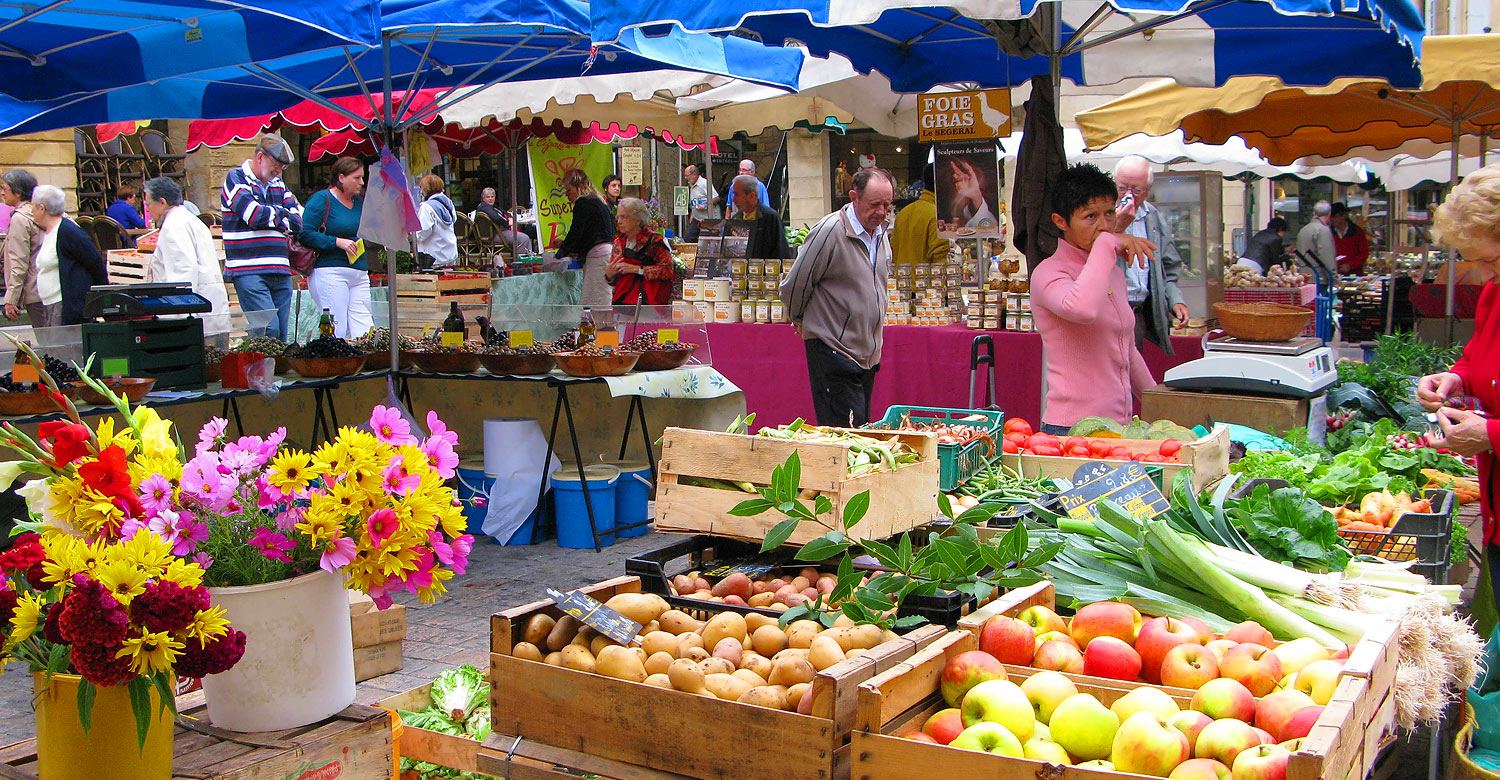
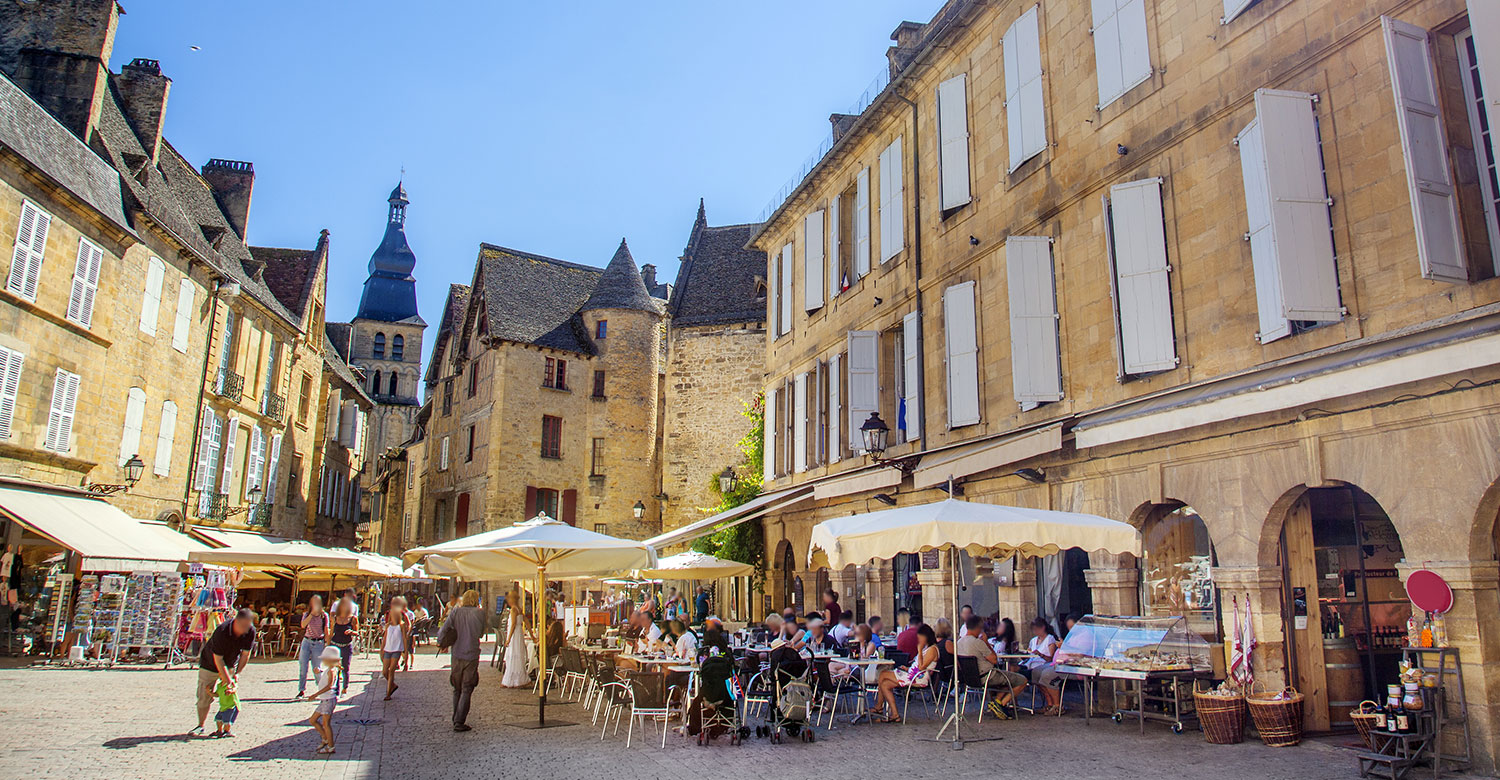_1500x780.jpg?auto=format)
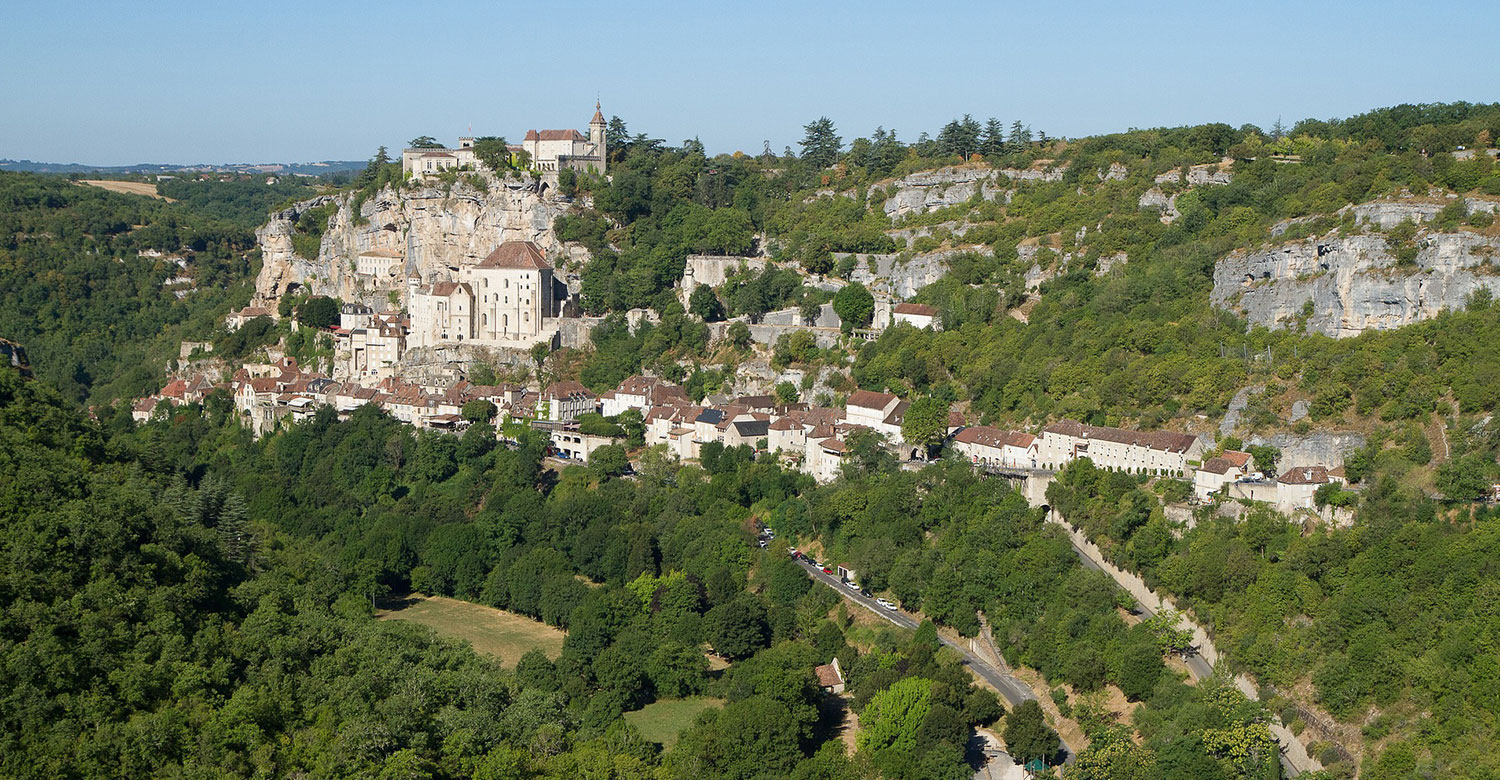
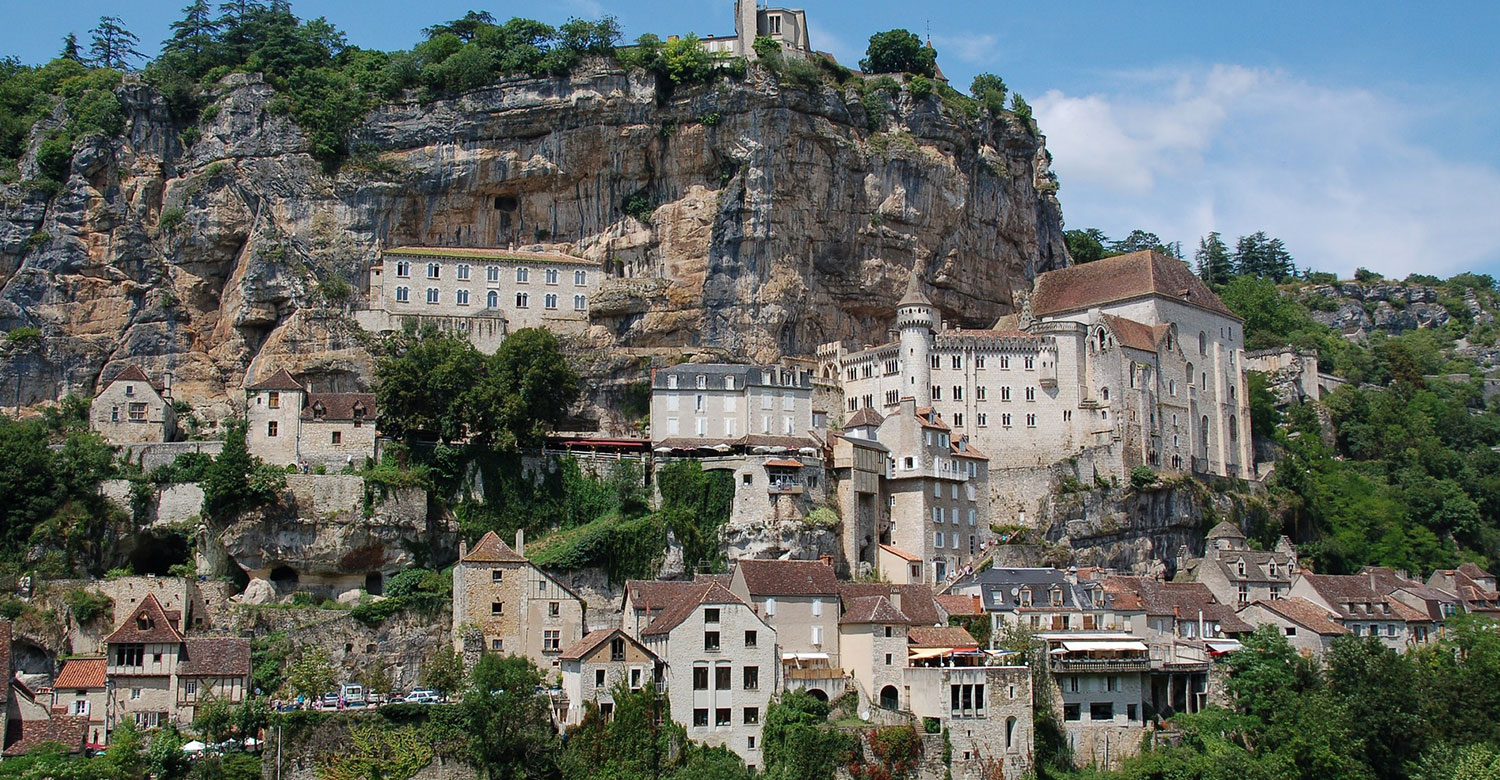
_1500x780.jpg?auto=format)
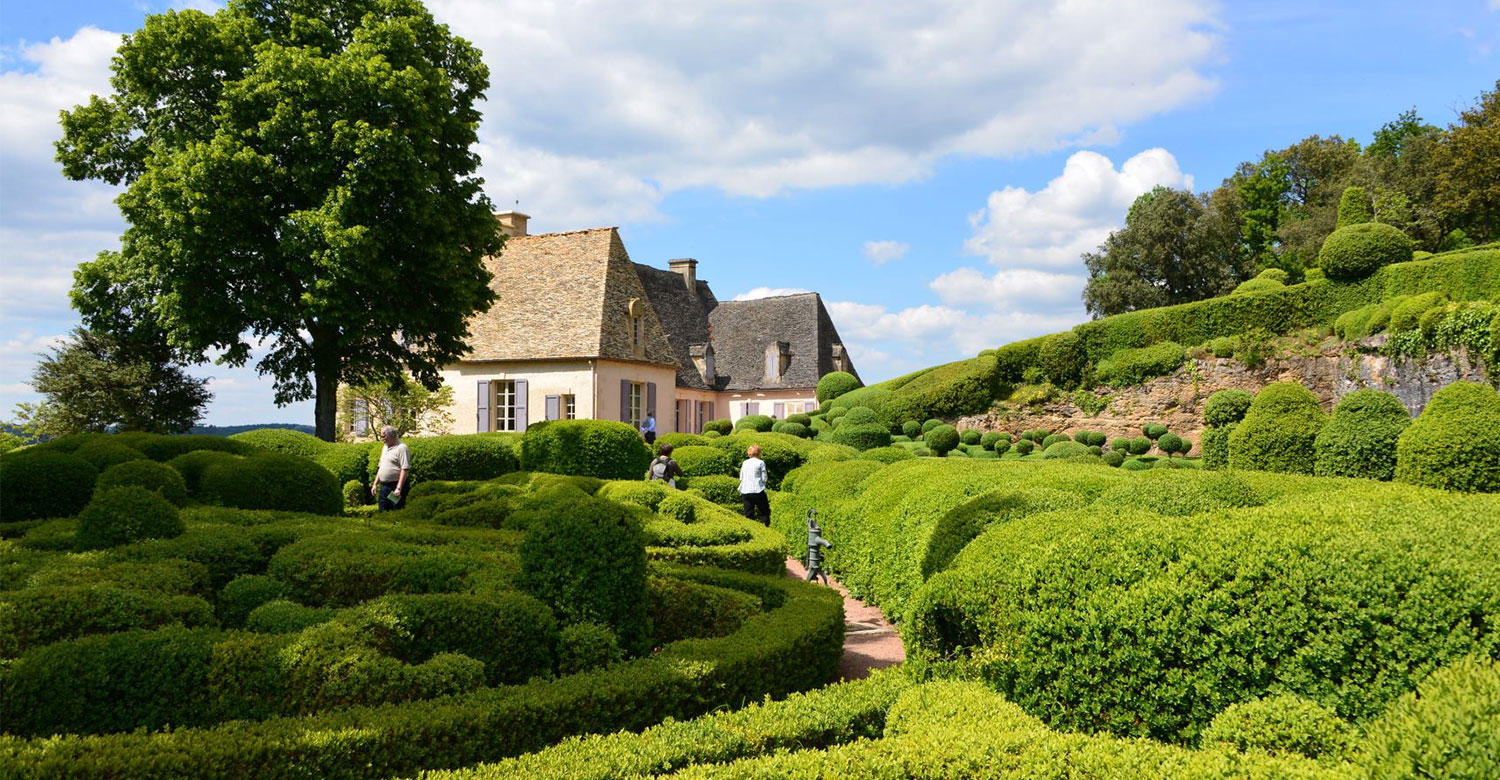_1500x780.jpg?auto=format)
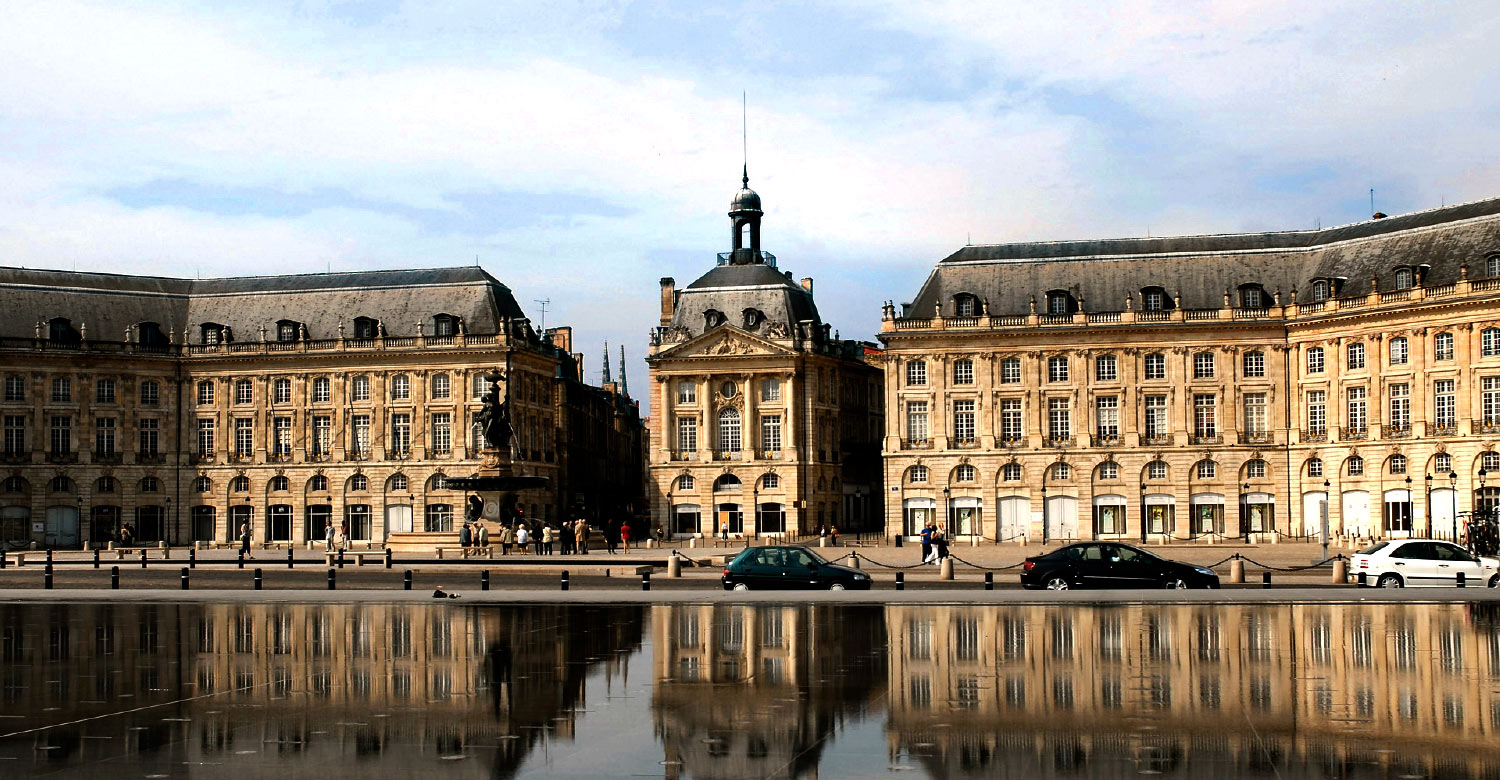
_1500x780.jpg?auto=format)
_1500x780.jpg?auto=format)

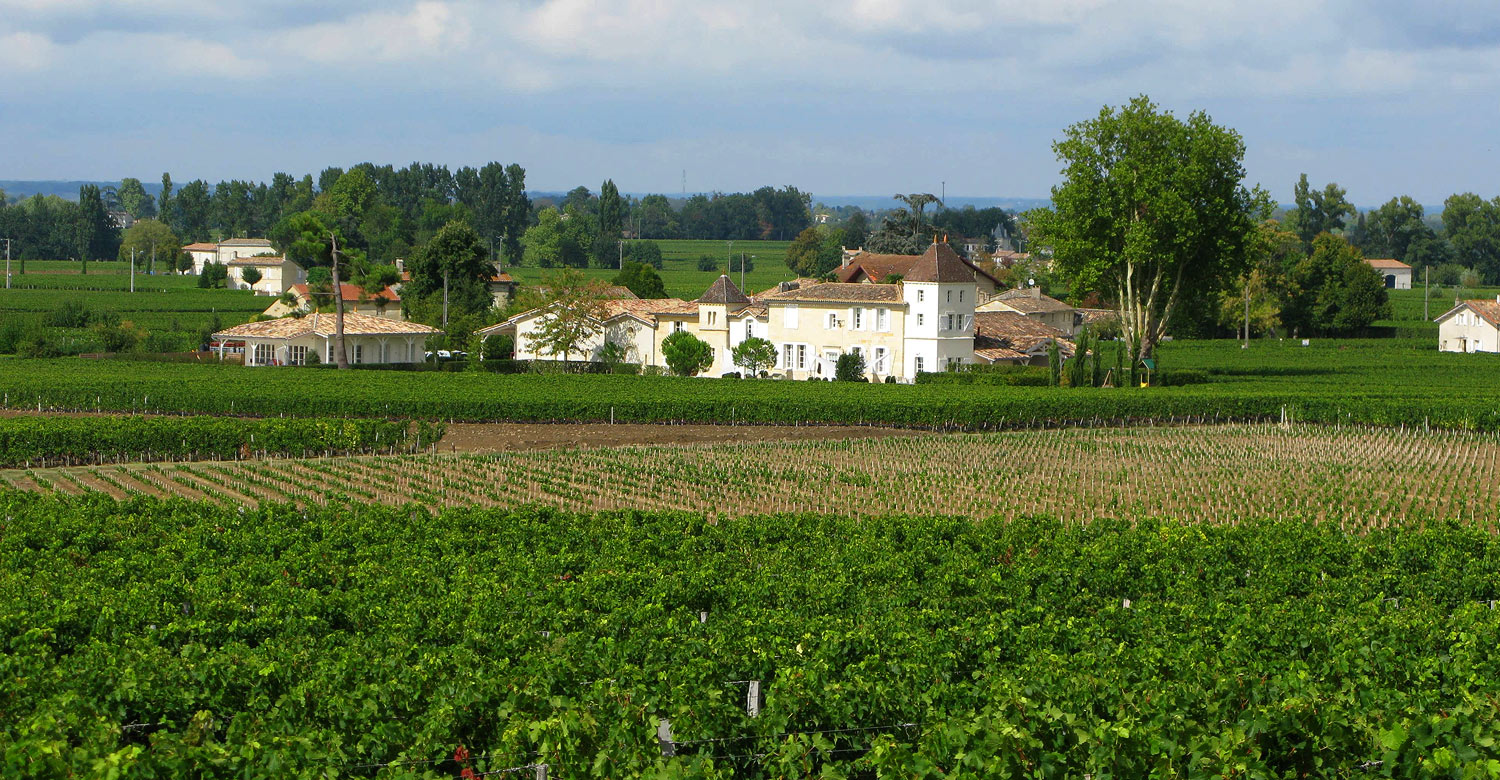
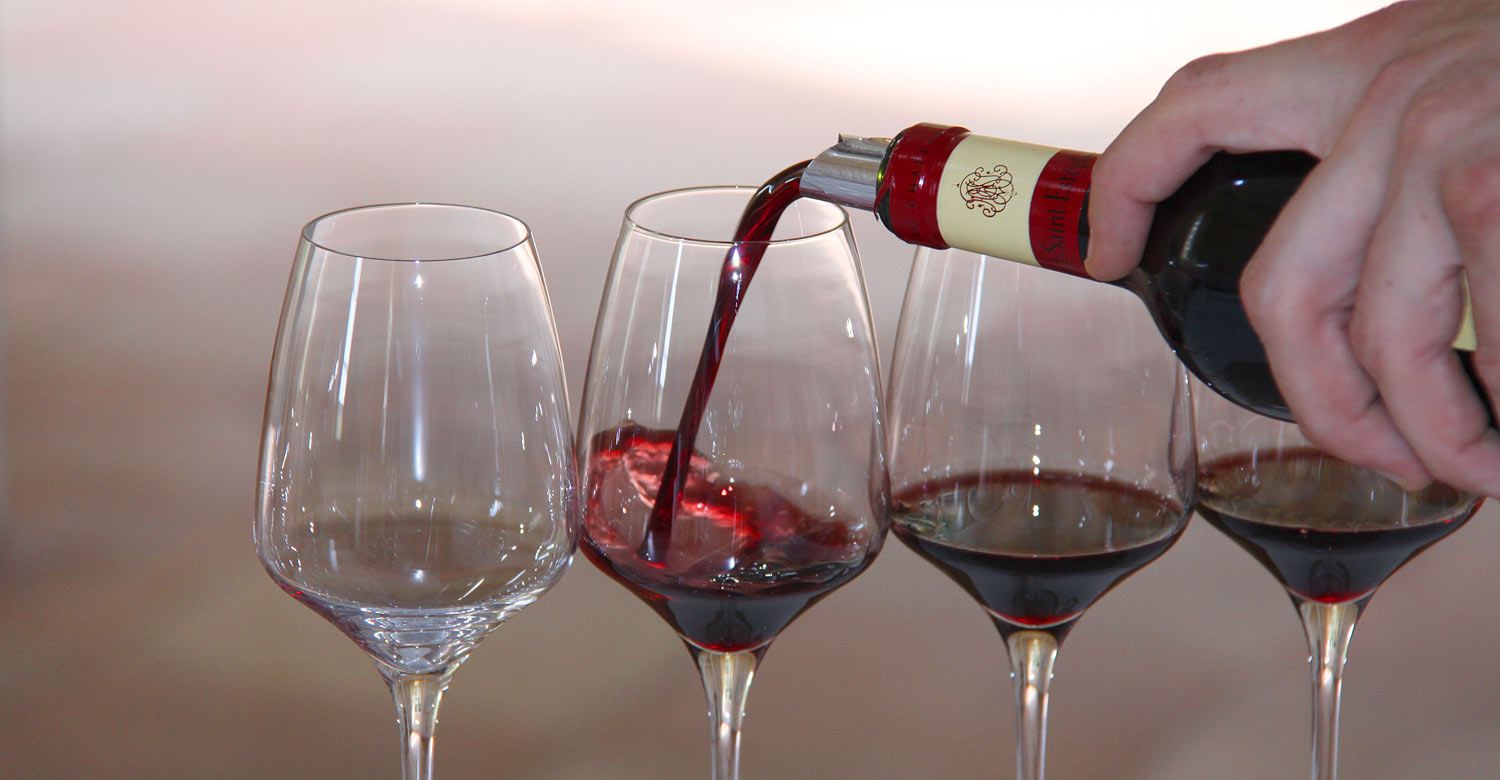
_1500x780.jpg?auto=format)






